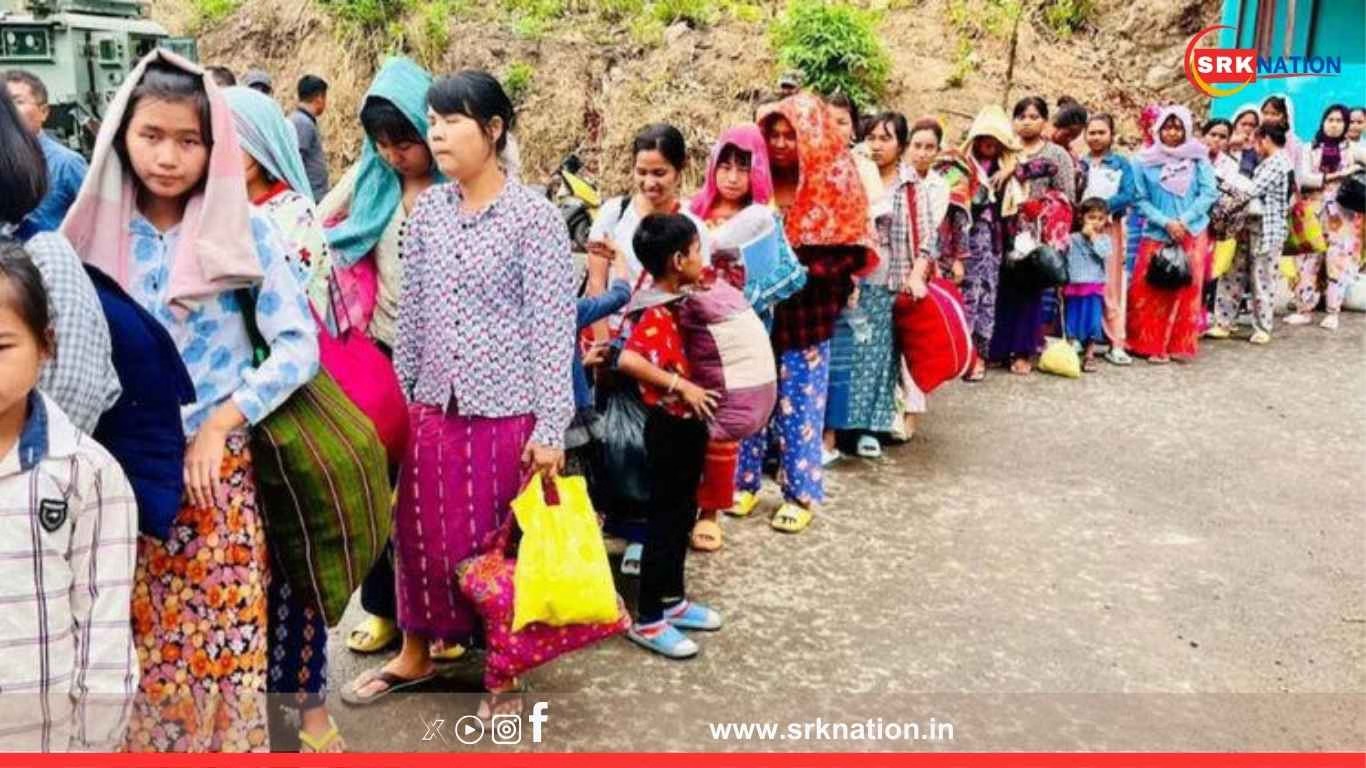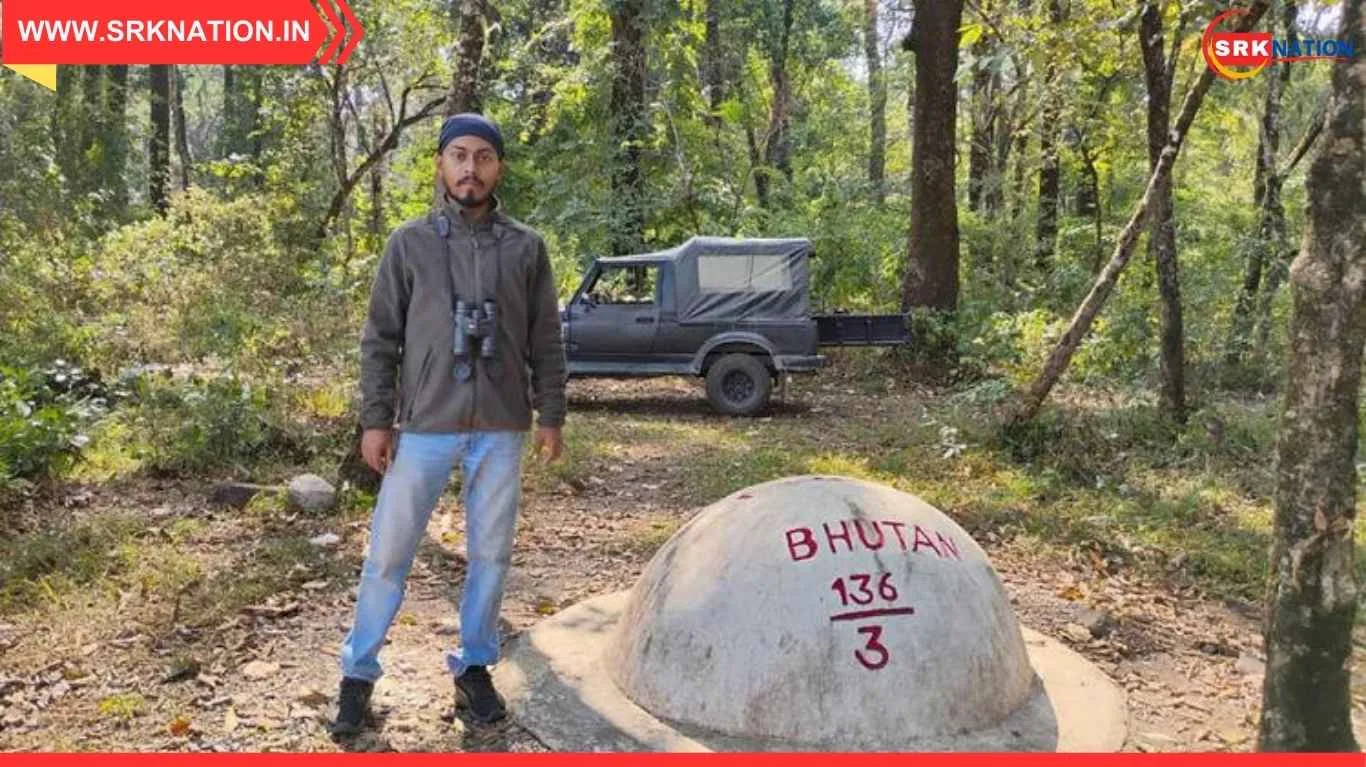In a strategic move aimed at formalising the records of refugees and strengthening security protocols, the Mizoram government is set to launch a comprehensive biometric data drive for over 35,000 Myanmar refugees residing in the state. This initiative, planned for July, marks the first structured effort to digitally catalogue refugees who have fled from Myanmar’s Chin state following the 2021 military coup and ensuing civil conflict.
Context of refugee influx into Mizoram
Since the military coup in Myanmar in February 2021, Mizoram has emerged as a safe haven for thousands of Chin refugees due to strong ethnic and cultural ties. Local civil society organisations and the state government have provided food, shelter, education, and health facilities to the refugees, invoking traditional Mizo humanitarian values despite resource constraints.
Key refugee settlement districts include:
| District | Estimated Refugee Population | Key Camps/Locations |
|---|---|---|
| Champhai | 10,500 | Farkawn, Zokhawthar, Khawbung |
| Lawngtlai | 6,000 | Tuipang, Sangau |
| Siaha | 4,200 | Phura, Laki |
| Lunglei | 5,500 | Hnahthial, Tlabung |
| Aizawl | 3,500 | Urban rented accommodations |
According to state Home Department officials, as of June 2025, over 35,000 refugees have been officially recorded, with civil society estimates putting the figure closer to 40,000.
Objectives of the biometric drive
The upcoming biometric data collection exercise aims to:
- Create an authenticated refugee database to facilitate targeted aid distribution.
- Ensure security verification amid concerns of infiltration by armed elements from Myanmar.
- Assist in future repatriation planning once conditions in Myanmar normalise.
- Integrate records with central Ministry of Home Affairs refugee monitoring systems, if required.
Implementation timeline and modalities
Senior officials stated the exercise will begin in the second week of July 2025 and conclude within three months. District administrations have been directed to coordinate with village councils, NGOs, and refugee representatives to ensure smooth execution.
| Implementation Stage | Details | Timeline |
|---|---|---|
| Preparatory training | Training data entry and biometric teams | July 1-7 |
| Field data collection | Fingerprint, iris scan, demographic recording | July 8 – August 30 |
| Data validation | Verification and deduplication | September |
| Final integration | Upload to state Home Department refugee portal | By October |
The data will be collected using portable biometric kits, similar to Aadhaar enrollment, but will remain in the state refugee records unless the central government decides to integrate it into national security databases.
Political and humanitarian sensitivities
Mizoram Chief Minister Lalduhoma has maintained a firm stance that the Chin refugees are ‘brothers and sisters’ deserving of humanitarian assistance, while also acknowledging security implications. A senior Home Department officer remarked:
“This biometric drive is not about policing but about ensuring proper assistance and avoiding duplication or impersonation.”
However, rights activists caution that such data collection exercises should uphold refugee dignity and ensure no forced deportation. The UNHCR has also advocated for transparent data use policies to avoid misuse.
Security concerns and coordination with the Centre
The Ministry of Home Affairs (MHA) has repeatedly advised northeastern states to strengthen border monitoring. Earlier this year, Assam Rifles had flagged concerns about possible entry of armed elements from Myanmar’s anti-junta resistance groups through Mizoram’s porous borders.
| Security Concern | State Response |
|---|---|
| Potential infiltration of armed militants | Close coordination with Assam Rifles and intelligence agencies |
| Refugee impersonation or false identity claims | Biometric verification to eliminate risks |
| Cross-border movement without records | Strengthened border check posts and village-level reporting mechanisms |
While Mizoram has thus far resisted calls to push refugees back, it has tightened entry protocols in view of rising cross-border tensions in Myanmar’s Chin state.
Refugee welfare measures alongside biometric drive
Despite its small budget, Mizoram continues to extend welfare support to refugees:
- State-funded healthcare in PHCs and district hospitals.
- Inclusion of refugee children in government schools under special enrollment drives.
- Collaboration with churches and NGOs to provide food grains and basic utilities.
Officials said that the biometric data will also enable better targeting of aid disbursement, which is often done through village councils and NGO networks.
Broader refugee policy challenges for India
India does not have a formal refugee law and manages refugee populations through ad hoc administrative measures. The Myanmar refugee influx has tested this framework, with northeastern states demanding special central grants to manage the humanitarian burden.
| State | Refugee Group | Estimated Population |
|---|---|---|
| Mizoram | Chin refugees | 35,000+ |
| Manipur | Kuki-Chin refugees | 5,000 |
| Nagaland | Smaller Kuki groups | <1,000 |
Human rights advocates continue to demand that India ratify the 1951 UN Refugee Convention to provide clarity on refugee rights and responsibilities.
Conclusion
The launch of Mizoram’s biometric data drive for Myanmar refugees this July is a landmark move to systematise refugee management amid rising humanitarian and security complexities. As state agencies prepare for field implementation, the success of this initiative will depend on maintaining a balance between security imperatives and the state’s deeply rooted humanitarian ethos.
Disclaimer: This news content is for informational purposes only. It summarises officially available data, statements, and humanitarian context without endorsing any political or administrative perspective. Readers are advised to refer to official government releases for authenticated updates.











